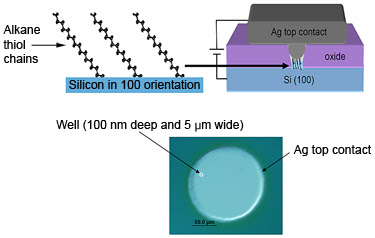Thermoelectric 40% improvement in a cheap material
Researchers at Boston College and MIT have used nanotechnology to achieve a major increase in thermoelectric efficiency, a milestone that paves the way for a new generation of products – from semiconductors and air conditioners to car exhaust systems and solar power technology – that run cleaner. UPDATE:Info from the Technology Review on how this …







